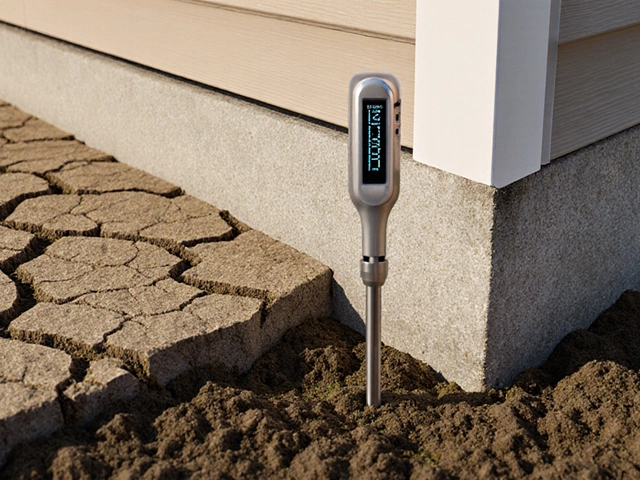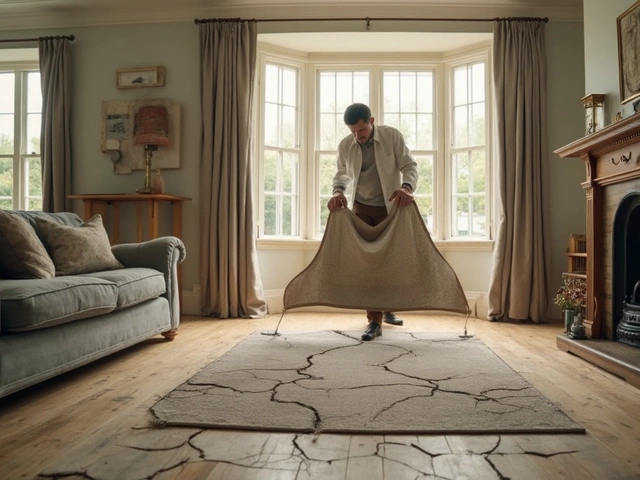Do Most Older Homes Have Foundation Problems? A Practical Guide
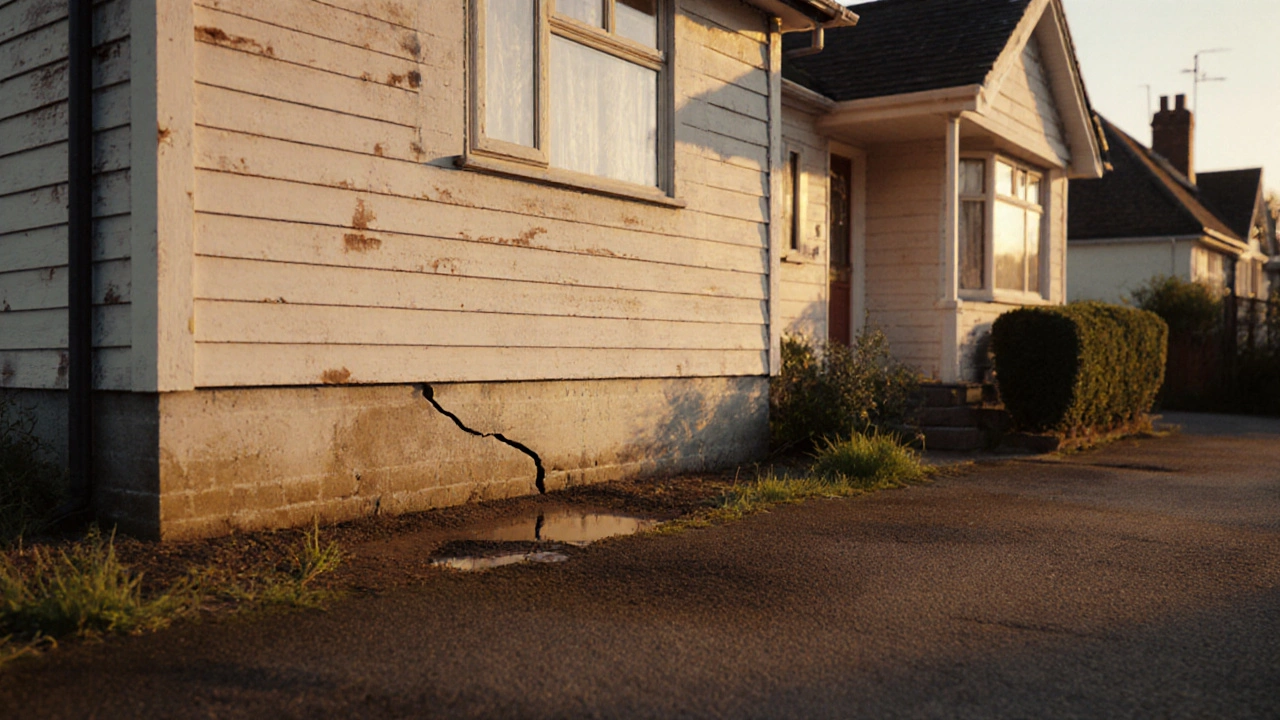
Foundation Repair Cost Estimator
Enter your details to see an estimated repair cost
When you walk into an older home, the charm can be alluring, but many buyers wonder if foundation problems are lurking behind the walls. The truth is that a significant number of houses built before the mid‑1990s show signs of structural stress, especially when the soil or construction method is less forgiving.
Why Older Homes Are More Prone to Foundation Issues
Construction standards have evolved dramatically over the last few decades. In the 1970s and 80s, many builders relied on pier and beam foundations because they were quicker and cheaper than a full concrete slab. While economical, these systems depend heavily on the stability of the underlying soil.
Another key factor is soil settlement. Older neighborhoods often sit on expansive clay or reclaimed fill that swells when wet and contracts when dry. Over time, these natural cycles can shift footings by several inches, creating the familiar cracks and sloping floors.
Moisture management was also less sophisticated in the past. Many homes lack modern vapor barriers, and moisture intrusion can erode wooden beams, corrode steel reinforcement, and weaken concrete footings. In coastal cities like Auckland, salt‑laden air accelerates the problem.
Common Signs That an Older Home’s Foundation May Be Compromised
- Cracks wider than 1/4 inch in exterior walls, especially around doors and windows.
- Uneven or sagging floors that bounce when you walk across them.
- Doors and windows that stick or won’t latch properly.
- Gaps between the wall and ceiling or floor, indicating vertical movement.
- Visible “wet spots” or mildew in a crawlspace that should stay dry.
- Exposed termite damage near foundation walls, which can mask structural issues.
Each symptom alone might have another explanation, but when several appear together they form a strong warning flag.
How to Assess a Home’s Foundation Condition
- Hire a qualified foundation inspector who knows local soil conditions.
- Ask for a detailed foundation inspection report that includes measurements of any cracks and photographs.
- Check the history of any past repairs - receipts, permits, and warranties can reveal recurring issues.
- Probe the basement or crawlspace for water pooling after a storm.
- Use a level or laser line to verify floor flatness; a deviation of more than 1/8 inch over a 10‑foot span usually signals movement.
Most professionals also perform a soil test to gauge moisture levels and load‑bearing capacity. In New Zealand, the Building Code requires a geotechnical report for major renovations, which doubles as a useful diagnostic tool.
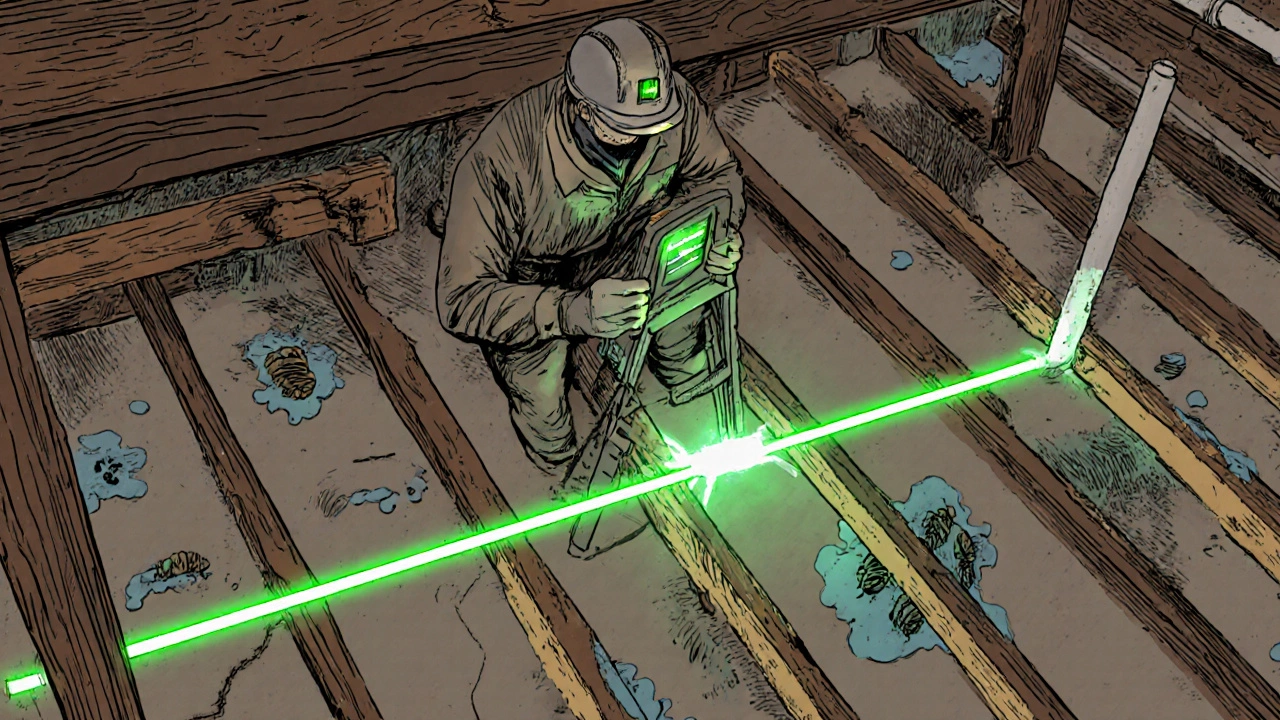
Typical Repair Solutions for Older Foundations
Repair methods depend on the type of foundation and the severity of the problem. Below is a quick overview of the most common approaches.
- Underpinning: Adding reinforced concrete or steel piers beneath existing footings to transfer loads to more stable soil layers.
- Slab jacking: Pumping a cementitious grout beneath a sagging slab‑on‑grade to lift it back into place.
- Moisture control: Installing French drains, sump pumps, or exterior waterproofing membranes to keep the foundation dry.
- Termite mitigation: Treating the soil and wood with borate solutions, then sealing any entry points.
- Wall reinforcement: Attaching steel plates or carbon‑fiber strips to cracked masonry to stop further movement.
Every repair should be paired with a post‑repair inspection to verify that the issue has been fully addressed.
Cost Expectations and Budgeting Tips
In Auckland, a typical underpinning project for a 150‑square‑meter home runs between NZD15,000 and NZD30,000, depending on access and soil difficulty. Slab‑jacking is generally cheaper, ranging from NZD5,000 to NZD10,000.
Here are three budgeting tricks:
- Request multiple quotes - a 10‑15% price spread is common.
- Ask the contractor whether financing or staged payments are available.
- Check if your home insurance or a local council grant covers part of the repair; some heritage‑preservation programmes offer subsidies for older houses.
Investing in a solid repair not only protects your family’s safety but also preserves resale value. Homes with documented, professionally completed foundation work often fetch 5‑10% higher prices.
Prevention: Keeping Your Older Home’s Foundation Healthy
Even after a repair, ongoing maintenance is essential.
- Maintain proper drainage - gutters should direct water at least 5feet away from the foundation.
- Monitor landscaping; trees with aggressive roots can pull on footings.
- Control indoor humidity with dehumidifiers in basements or crawlspaces.
- Schedule a professional foundation check every 3‑5years, especially after severe weather events.
- Repair minor cracks promptly - a small gap can widen quickly if left unattended.
By staying proactive, you can greatly reduce the chance that your beloved older home develops major foundation problems down the line.
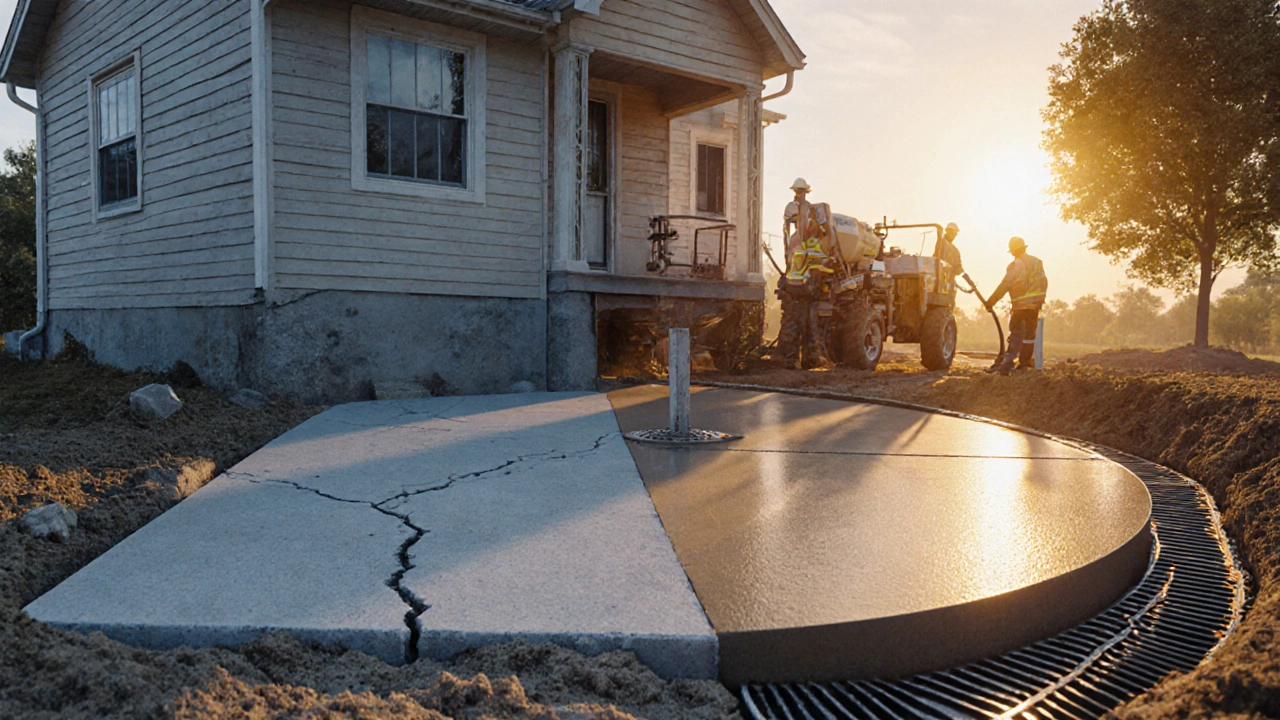
Comparison of Common Foundation Types in Older Homes
| Foundation Type | Typical Materials | Common Issues | Repair Complexity |
|---|---|---|---|
| Pier and Beam | Concrete piers, timber beams | Soil settlement, rot in timber | High - often requires underpinning |
| Crawlspace | Concrete footings, vented space | Moisture intrusion, termite damage | Medium - moisture barriers, pest control |
| Slab‑on‑Grade | Reinforced concrete slab | Cracking from shrinkage, soil movement | Low to Medium - slab jacking or resurfacing |
Frequently Asked Questions
Frequently Asked Questions
How old does a house have to be before foundation problems become likely?
While there’s no hard cutoff, homes built before the mid‑1990s often lack the modern waterproofing and concrete mixes that reduce settlement. The risk climbs sharply for houses over 40years old, especially if they sit on expansive soils.
Can I fix foundation cracks myself?
Minor hairline cracks in interior plaster can be patched with sealant, but structural cracks require a licensed foundation specialist. DIY fixes often fail to address the underlying movement.
What’s the difference between a slab‑on‑grade and a crawlspace foundation?
A slab‑on‑grade is a solid concrete layer poured directly on the ground, while a crawlspace sits on concrete footings with an accessible space underneath. Crawlspaces allow easier access for utilities but are more vulnerable to moisture.
How often should I have a professional foundation inspection?
For older homes, a thorough inspection every 3‑5years is advisable, or sooner after a major earthquake, heavy rain, or noticeable changes in the house’s levelness.
Are there any government grants for foundation repair in New Zealand?
Some regional councils offer limited subsidies for heritage homes or homes in high‑risk flood zones. It’s worth checking with the Auckland Council’s “Building Improvement” program.
